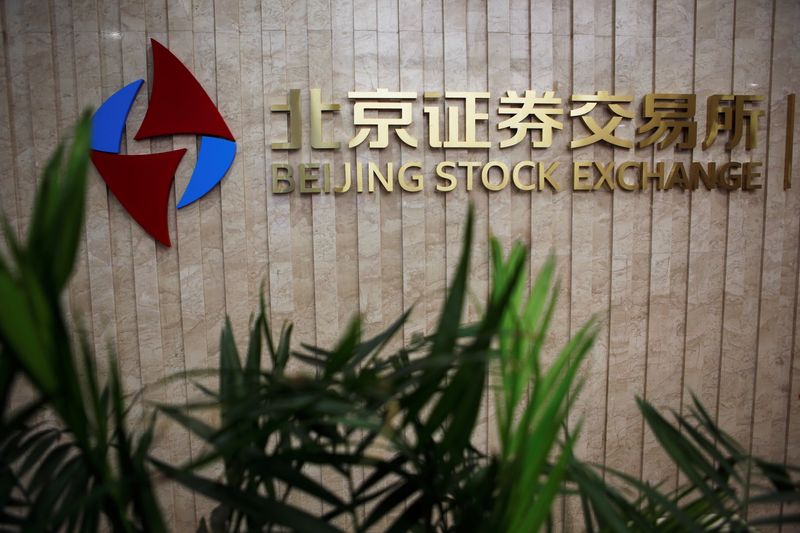On Wednesday, Asian markets are poised for a cautious day, influenced by significant monetary policy decisions from central banks across the region amidst a backdrop of declining investor sentiment. The selloff in Wall Street, compounded by concerns regarding the technology sector and the broader global economy, is expected to weigh heavily on market risk appetite. Key central banks in Indonesia, Thailand, and the Philippines are scheduled to announce their interest rate decisions, while other data releases, including New Zealand’s inflation figures, South Korea’s unemployment rates, and Japan’s machinery orders, are also on the agenda. This comprehensive assessment of economic indicators is likely to create a climate of uncertainty for investors as they navigate market trends influenced by both regional and global factors.
Oil prices have experienced a downturn, reflecting waning demand, particularly from China. U.S. crude futures fell nearly 5% on Tuesday, dropping below $70 a barrel and marking a notable 20% drop year-on-year. The decline in oil prices is exacerbating a sense of caution in the markets, as falling energy prices can often indicate underlying economic weakness. Meanwhile, despite robust earnings reports from major financial institutions such as Goldman Sachs, Citi, and Bank of America, U.S. tech stocks have struggled and contributed to a negative sentiment on Wall Street. Companies like Nvidia and ASML are leading this downturn, as concerns about the tech sector loom large in the minds of investors, shifting attention to upcoming earnings from important technology contract manufacturers like Taiwan Semiconductor Manufacturing Company (TSMC).
In response to the evolving economic conditions, Bank Indonesia is anticipated to maintain its interest rates despite inflation dropping to its lowest level since 2021. The inflation rate reported at 1.84%, which has consistently remained within the bank’s target range of 1.5% to 3.5%, has not eased concerns about the depreciation of the Indonesian rupiah, which has seen a decline of over 3% since its peak in September. Similarly, the Bank of Thailand is expected to keep its one-day repo rate unchanged at 2.50%, as market forecasts show a lack of consensus among economists regarding a potential rate cut, even as economic challenges persist.
On the other hand, the Philippine central bank is projected to implement a 25-basis-point cut to its overnight borrowing rate, bringing it down to 6.00%. This decision marks a continuation of the central bank’s easing cycle initiated in August when inflation started falling below the bank’s 2%-4% target. The strategic shift aims to bolster economic growth without igniting significant inflationary pressures, as policymakers navigate the delicate balance of stimulating the economy while maintaining price stability.
Investor sentiment across Asia is further impacted by ongoing economic developments in China. Recent communications indicating potential stimulus measures have not instilled confidence in the markets, as the broader picture remains bleak. Despite a rally in Chinese equities following initial announcements about support for markets and the property sector, the Shanghai blue-chip index has since dropped 13% from its recent peak. Investors remain hesitant, and the gains from pre-stimulus levels appear to be eroding as markets react to the reality of slower-than-anticipated recovery growth.
Looking ahead, crucial developments in Asia provide insight into the evolving financial landscape. In addition to the monetary policy decisions from Indonesia, Thailand, and the Philippines, investors will be closely watching remarks from Bank of Japan’s Seiji Adachi, as well as the release of New Zealand’s inflation data for the third quarter. As Asian markets grapple with external pressures and local economic realities, market participants will need to stay vigilant and responsive to both immediate and anticipated changes in monetary policy and their potential ramifications across the region.

